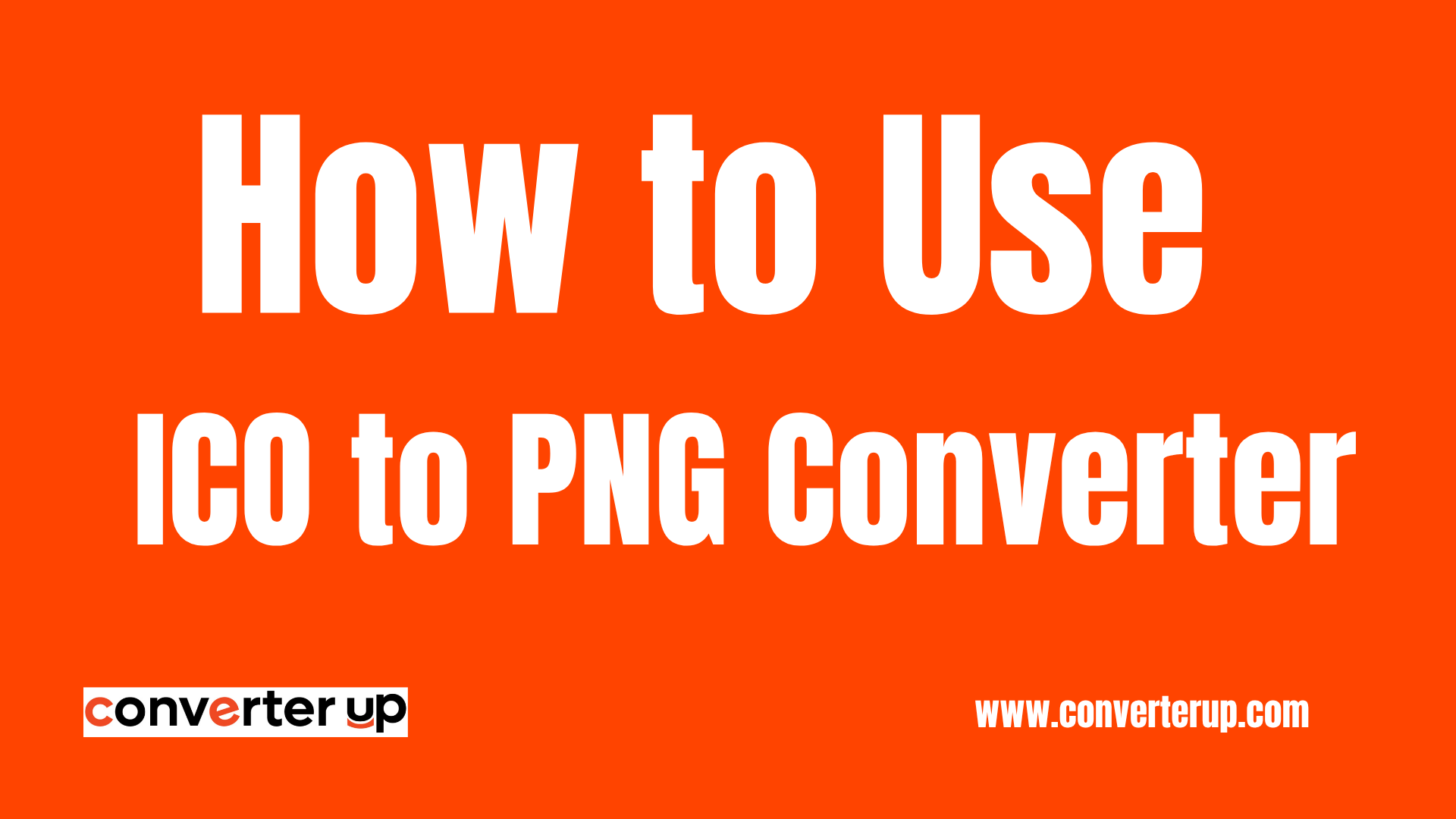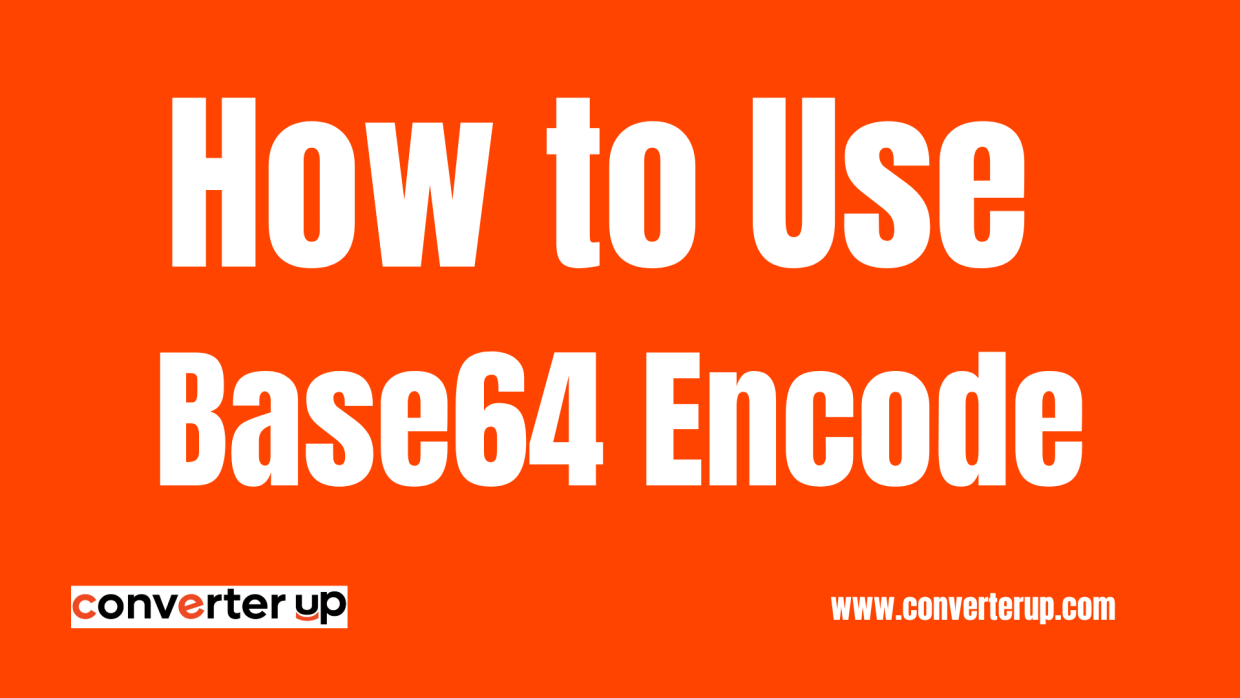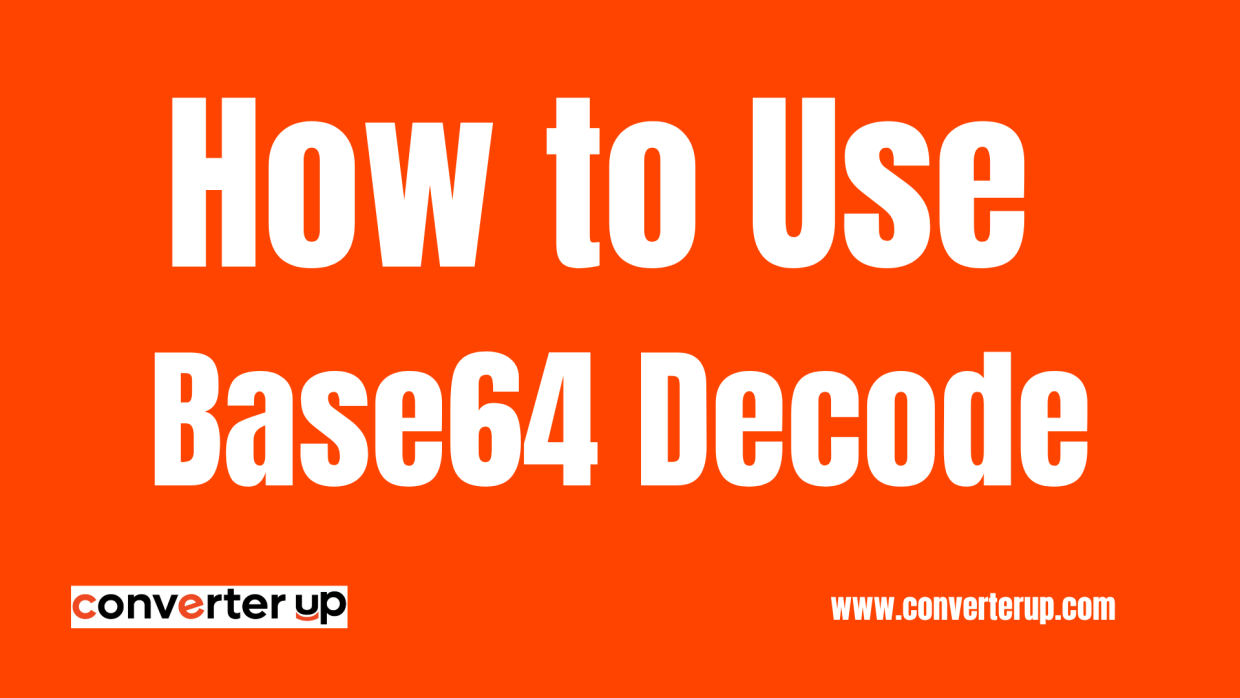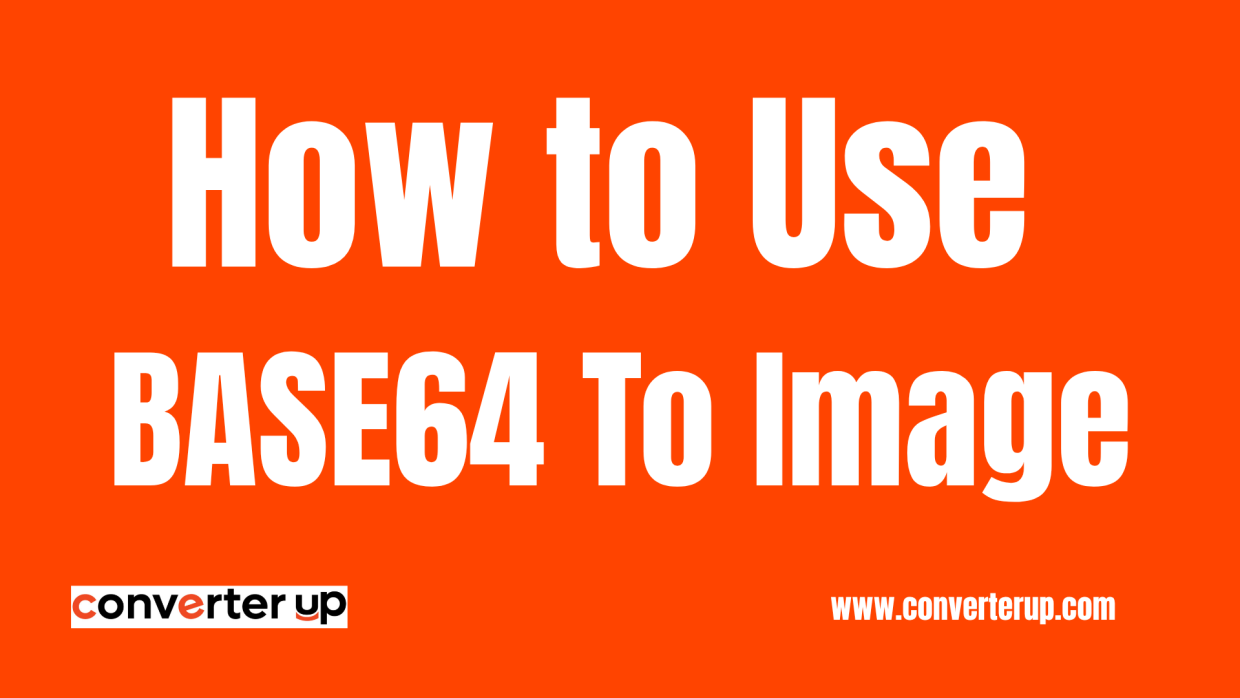
How to Use UTM Builder
Table of Contents
What is a UTM Builder?
A UTM builder is a simple tool that helps you add tracking codes (UTM parameters) to your URLs. These specific codes let you know exactly where your website visitors came from. Was it from a social post, an ad, or an email link?
Why Use a UTM Builder?
Let's say you set up five different ads on different platforms. How will you know which ad is actually gaining you customers? UTM Builders solve that mystery by tagging your links with specific codes. When you do this, you can guarantee you will never be left in the dark about the performance of your marketing again!
The Fundamentals of UTM Parameters
Before you start creating UTM links, let's go over the definitions:
- UTM stands for Urchin Tracking Module (I know, strange name, but roll with it).
- These are a few additional pieces of information you attach to your URL, after the question mark (?), which tracks visits.
- They give marketers information about where clicks are coming from.
Common UTM Parameters Defined
Here are the five standard UTM parameters that you will use often:
- utm_source Where the traffic is coming from (especially Facebook, Google, newsletters, etc.).
- utm_medium The medium of the traffic (especially CPC, email, social, etc.).
- utm_campaign The specific campaign name (i.e., Summer_Sale or BlackFriday).
- utm_term Optional Used to track specific keywords in paid search.
- utm_content Optional Used to differentiate between links that are similar in the same ad or email.
How to Use a UTM Builder Flawlessly
Using a UTM Builder is like filling out a basic form:
Step 1: Visit the Tool
Step 2: Type the website URL and insert more information.

Step 3: Click the Generate button.

Step 4: View the Result and copy the URL.

Example of a UTM-Tagged URL
Let’s say you’re promoting a blog post via Facebook Ads. Your UTM Builder might create something like this:
https://yourwebsite.com/blogPost?utm_source=facebook&utm_medium=cpc&utm_campaign=summer_sale
It may look long, but every part tells you exactly how that visitor arrived on your site.
Top Benefits of Using a UTM Builder
- Time Savings: No more building tracking URLs manually.
- Error Prevention: Less room for error when building complicated links.
- Improved Campaign Tracking: Know which campaigns are actually performing.
- Simple to Use: Anyone can do it; no tech skills are required.
FAQ
1. What does UTM mean?
UTM stands for Urchin Tracking Module. The analytics product named Urchin was purchased by Google, creating what is known as Google Analytics.
2. Are UTM parameters bad for SEO?
No. UTM parameters do not impact SEO. They are for tracking purposes only.
3. Can I use UTM links on social media?
Yes! Social media is one of the most common places to use UTM Builder links for tracking.
4. How do I view UTM data in Google Analytics?
You will see this at Acquisition > Campaigns in Google Analytics, which is where you will be able to view the performance of your UTM-tagged links.
5. Do I need a UTM builder if I only run one ad?
No! Even for one ad, using a UTM Builder will ensure that you are tracking the performance in order to measure ROI.










